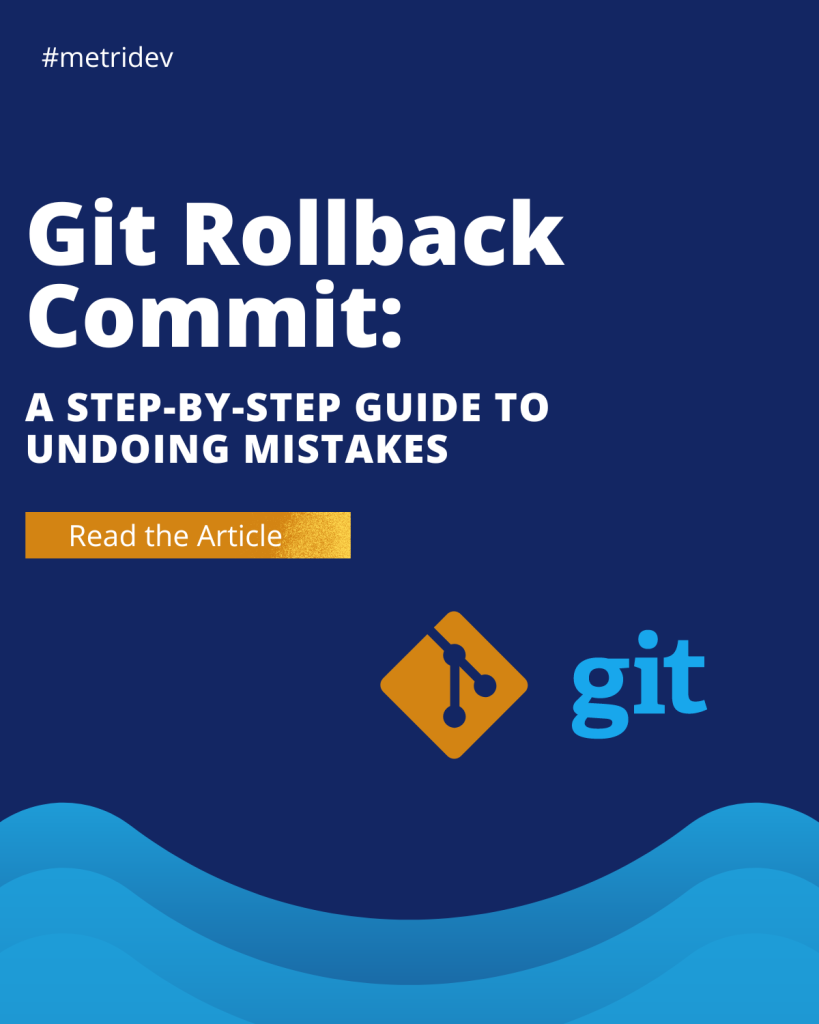Introduction
In the world of software development, ensuring stability and success is paramount. One of the key strategies implemented by development teams is a code freeze. It refers to a period of time when no new features or changes are introduced into a software project. This temporary halt in development allows for thorough testing and bug fixing, ensuring a stable and reliable product. In this article, we will explore the concept of code freeze, its importance in software development, best practices to follow, and how it fits within the agile methodology.
What is a code freeze?
A code freeze is a well-defined period during the software development lifecycle when no new code changes are allowed. It is a deliberate decision made by development teams. This is to ensure stability and minimize the introduction of new bugs or issues. During this period, the focus shifts from adding new features to rigorous testing and bug fixing. By freezing the codebase, developers can concentrate on identifying and resolving any existing issues, ensuring that the final product meets the desired quality standards.
The importance of code freeze in software development
Code freeze plays a crucial role in the success of software development projects. It provides an opportunity to thoroughly test the software and fix any bugs or issues that may have been introduced during the development process. By halting the addition of new features, developers can dedicate their time and resources to ensuring the stability and reliability of the product.
Furthermore, it allows stakeholders, such as project managers and clients, to have a clear understanding of the current state of the software. It provides a predictable timeline for testing and bug fixing, enabling better planning and decision-making. Without a code freeze, the development process can become chaotic. Also it can have constant changes and updates hindering the ability to deliver a stable and reliable product.
When should you do a code freeze?
The timing of a code freeze depends on various factors such as the complexity of the project, the size of the development team, and the desired release date. Typically, this period occurs in the final stages of the development cycle. Just when the majority of the features have been implemented and the focus shifts towards testing and bug fixing.
It is important to plan the code freeze in advance, allowing sufficient time for testing and bug fixing. Rushing into one without proper preparation can lead to incomplete testing and unresolved issues. This can compromise the stability of the final product. Therefore, it is crucial to consider the project timeline, the scope of work remaining, and the resources available before deciding on the timing of the code freeze.
Benefits of implementing a code freeze
Implementing a code freeze offers several benefits to software development projects. Firstly, it allows for thorough testing and bug fixing, ensuring a stable and reliable product. By dedicating a specific period solely for testing, developers can focus on identifying and resolving any existing issues before the final release.
Secondly, it provides a clear timeline for stakeholders, allowing them to plan their activities accordingly. Project managers can allocate resources for testing and bug fixing, while clients can have a realistic expectation of when the final product will be ready. This transparency improves communication and builds trust between the development team and the stakeholders.
Lastly, it enables teams to evaluate the overall quality of the software. It provides an opportunity to assess the performance, security, and usability of the product, identifying any areas that require improvement. By addressing these issues during the code freeze, developers can deliver a higher quality product to the end-users.
What to do during a code freeze?
During a code freeze, the focus shifts from adding new features to extensive testing and bug fixing. Development teams should follow a set of best practices to ensure an effective and efficient one.
Firstly, it is essential to prioritize bug fixing based on the severity of the issues. Critical bugs that affect the functionality or security of the software should be given the highest priority. Then they are followed by major and minor issues. By addressing critical bugs first, developers can ensure that the software meets the minimum quality standards.
Secondly, it is important to maintain clear and concise documentation during this period. This includes documenting the identified bugs, their root causes, and the steps taken to fix them. Documentation helps in tracking the progress of bug fixing and serves as a reference for future releases.
Lastly, communication is key. Development teams should regularly communicate with stakeholders, providing updates on the progress, any significant findings, and the expected timeline for the final release. This ensures that everyone is on the same page and reduces any potential misunderstandings or delays.

Best practices
To ensure the success of a code freeze, it is essential to follow certain best practices. These practices help in maximizing its effectiveness and minimize the chances of introducing new bugs or issues.
One best practice is to conduct thorough regression testing during the code freeze. Regression testing ensures that the changes made during the development process have not introduced any unintended side effects. By retesting the existing functionalities, development teams can identify any regressions and fix them before the final release.
Another best practice is to involve the entire development team in this process. This includes not only the developers but also the testers, quality assurance specialists, and project managers. By involving all stakeholders, the code freeze becomes a collective effort. This ensure that all aspects of the software are thoroughly tested and validated.
Furthermore, it is important to have a rollback plan in place during this period. Despite rigorous testing, there is always a possibility of unforeseen issues arising during the final release. Having a well-defined rollback plan allows for a quick recovery in case of any critical issues. This can minimize the impact on users and the reputation of the software.
What happens after code freeze?
After the code freeze period ends, the next step is to conduct a final round of testing and validation. To ensure that we have fixed all identified bugs and that the software is stable and ready for release. Once we complete the final testing, we can deploy the software to the production environment and make it available to the end-users.
It is important to note that the end of the code freeze does not mark the end of the development process. After the release, developers should continue to monitor the software for any post-release issues and address them promptly. This includes monitoring user feedback, tracking system performance, and addressing any unforeseen bugs or issues that may arise.
Code freeze vs. continuous deployment
Code freeze and continuous deployment are two different approaches to software development. While code freeze focuses on stability and thorough testing, continuous deployment aims to deliver new features and updates to the end users as quickly as possible.
In continuous deployment, developers continuously integrate their code changes into the main codebase. Then is automatically deployed to the production environment. This approach allows for rapid iterations and frequent releases. This enable developers to gather user feedback and make improvements based on real-world usage.
On the other hand, code freeze emphasizes stability and reliability. It provides a dedicated period for testing and bug fixing. It also ensures that the software meets the desired quality standards before release. While code freeze may introduce a temporary delay in delivering new features, it ensures that the final product is stable and free from critical issues.
How long is the code freeze?
The duration of a code freeze varies depending on the complexity of the software project and the resources available for testing and bug fixing. Typically, it can last anywhere from a few days to a couple of weeks. We should carefully plan the duration to allow sufficient time for thorough testing and bug fixing, without unnecessarily delaying the release.
It is important to strike a balance between the length of the code freeze and the urgency of the release. Rushing through this period may result in incomplete testing and unresolved issues, compromising the stability of the final product. On the other hand, unnecessarily extending it may delay the release and impact the project timeline.
How to effectively communicate code freeze to stakeholders
Effectively communicating the code freeze to stakeholders is crucial for a successful implementation. Clear and timely communication ensures that everyone involved understands the purpose and impact of the code freeze.
One effective way to communicate the code freeze is through a formal announcement or notification. This can be done through emails, project management tools, or team meetings. The announcement should clearly state the start and end dates of this period, the reasons behind it, and the expected impact on the project timeline.
Additionally, regular progress updates should be provided to stakeholders during the code freeze. This helps in managing expectations and keeps everyone informed about the progress of testing and bug fixing. We can share clear and concise reports, highlighting the identified issues, their severity, and the steps taken to address them.
Common challenges
Implementing a code freeze can pose certain challenges that need to be addressed to ensure its success. One common challenge is the resistance to change from the development team. Developers may be reluctant to halt the addition of new features, fearing that it may delay the release or disrupt their workflow. Overcoming this challenge requires clear communication and proper planning, emphasizing the benefits of this period and the importance of stability.
Another challenge is the pressure to meet strict project deadlines. In some cases, the project timeline may not allow for a lengthy code freeze, leading to rushed testing and inadequate bug fixing. To address this challenge, project managers should prioritize the stability and quality of the software over strict deadlines. Proper resource allocation and realistic planning can help in accommodating a code freeze without compromising the release date.
Does Agile have code freeze?
Agile software development methodologies, known for their iterative and incremental approach, do not explicitly have a concept of a code freeze. Agile promotes continuous integration and delivery, encouraging developers to deliver small, frequent releases to gather user feedback and make improvements.
However, this does not mean that agile development teams do not follow a code freeze-like process. In Agile projects, teams often complete iterations or sprints, where they finish a set of features or user stories, followed by a period of testing and bug fixing. Within the context of the agile methodology, teams can consider this as a code freeze.
The duration of this period in agile projects is typically shorter compared to traditional software development approaches. It aligns with the shorter iterations or sprints, allowing for frequent releases and continuous feedback.
Code freeze in agile development
In agile development, the code freeze can be seen as a temporary pause in adding new features to focus on testing, bug fixing, and ensuring the stability of the software. It provides an opportunity to validate the completed user stories and address any issues before moving on to the next iteration or sprint.
During the code freeze in agile, the development team collaborates closely with testers and quality assurance specialists to identify and resolve any bugs or issues. The focus is on ensuring that the software meets the defined acceptance criteria and delivers the desired value to the end-users.
Additionally, agile development teams often conduct a retrospective at the end of each iteration or sprint, including the code freeze period. This allows the team to reflect on its effectiveness and identify areas for improvement in the future iterations.
Conclusion
Code freeze plays a vital role in software development, ensuring stability and success. By temporarily halting the addition of new features, development teams can focus on thorough testing and bug fixing, resulting in a stable and reliable software product. Implementing a code freeze requires careful planning, effective communication, and adherence to best practices. While agile development does not explicitly have a code freeze, agile teams often follow a similar process within the context of their iterations or sprints. By incorporating code freeze into the development process, software projects can deliver higher quality products, build stakeholder trust, and achieve long-term success.









Leave a Reply